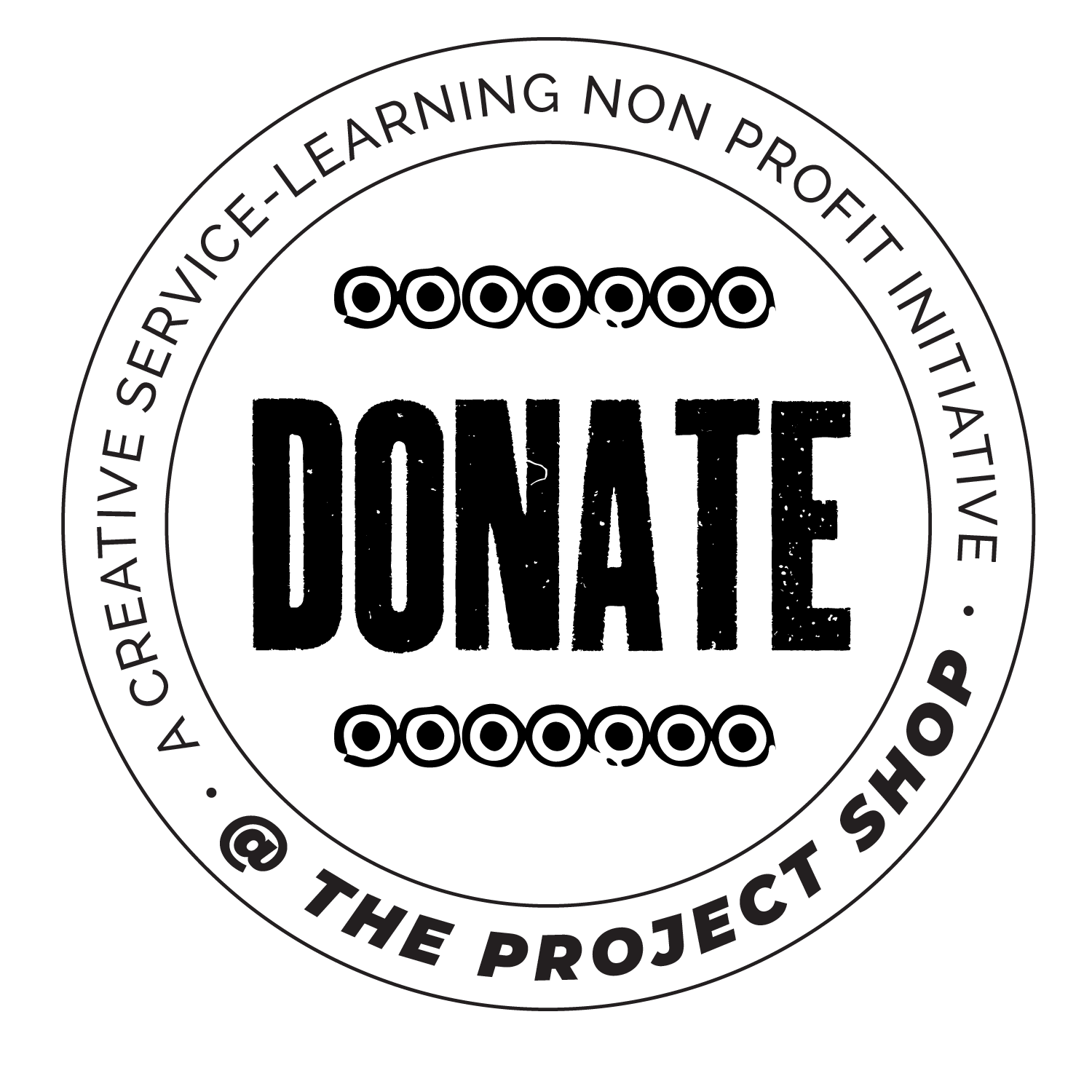The lowdown
︎︎︎our Blog
low·down /ˈlōdoun/ noun:
1. the true facts or relevant information about something.
1. the true facts or relevant information about something.
About Family Spirit and interview
Student project: Indigenous Family Strengths and Support.
Jacob Sam, CRMS Senior completed a 3 week intensive Community Service Print Project at the Project Shop in May 2024. He has choosen Family Spirit to receive 100% Proceeds from the sales of the limited edition run of artist prints, sweatshirts and t-shirts.
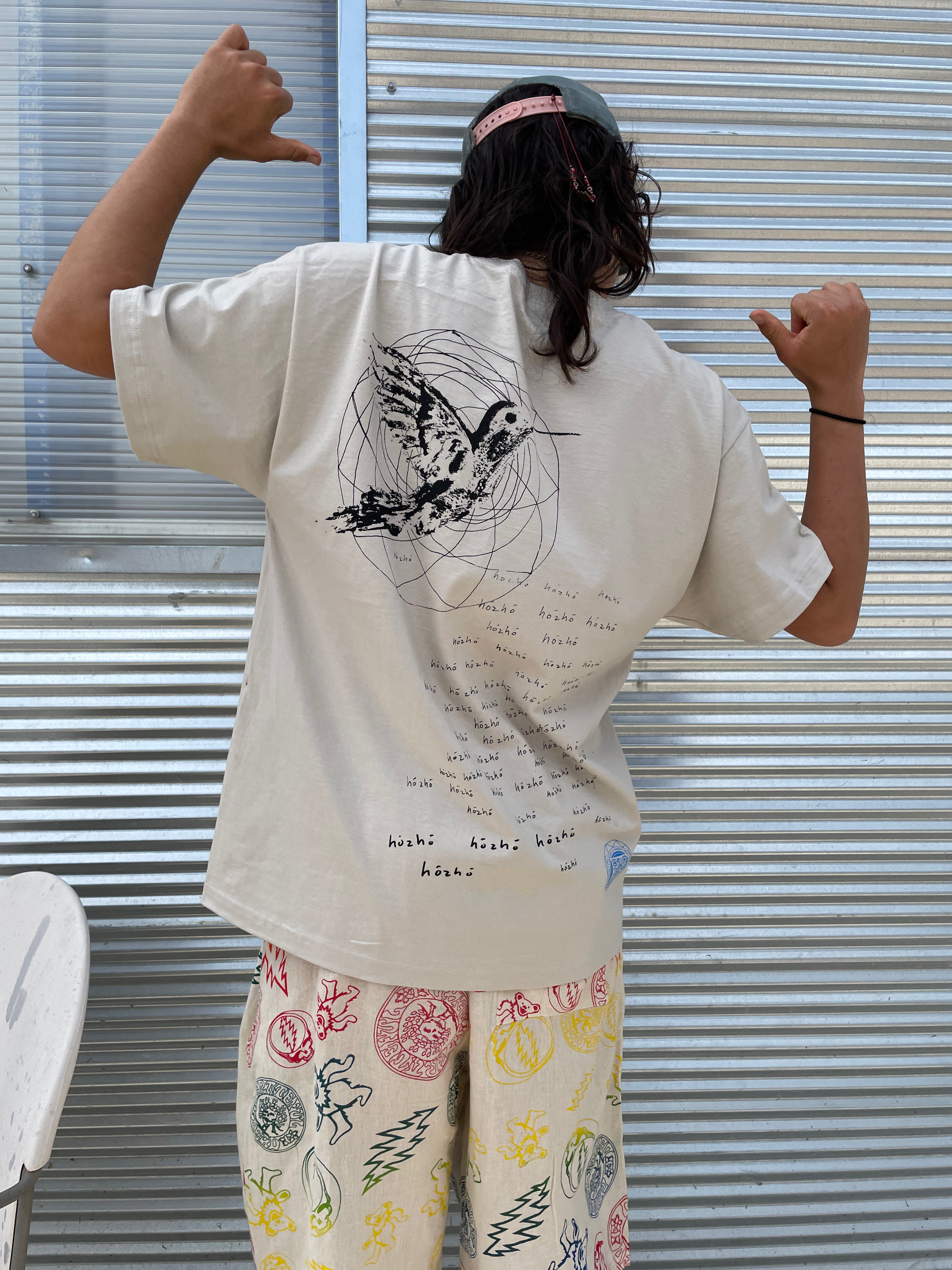

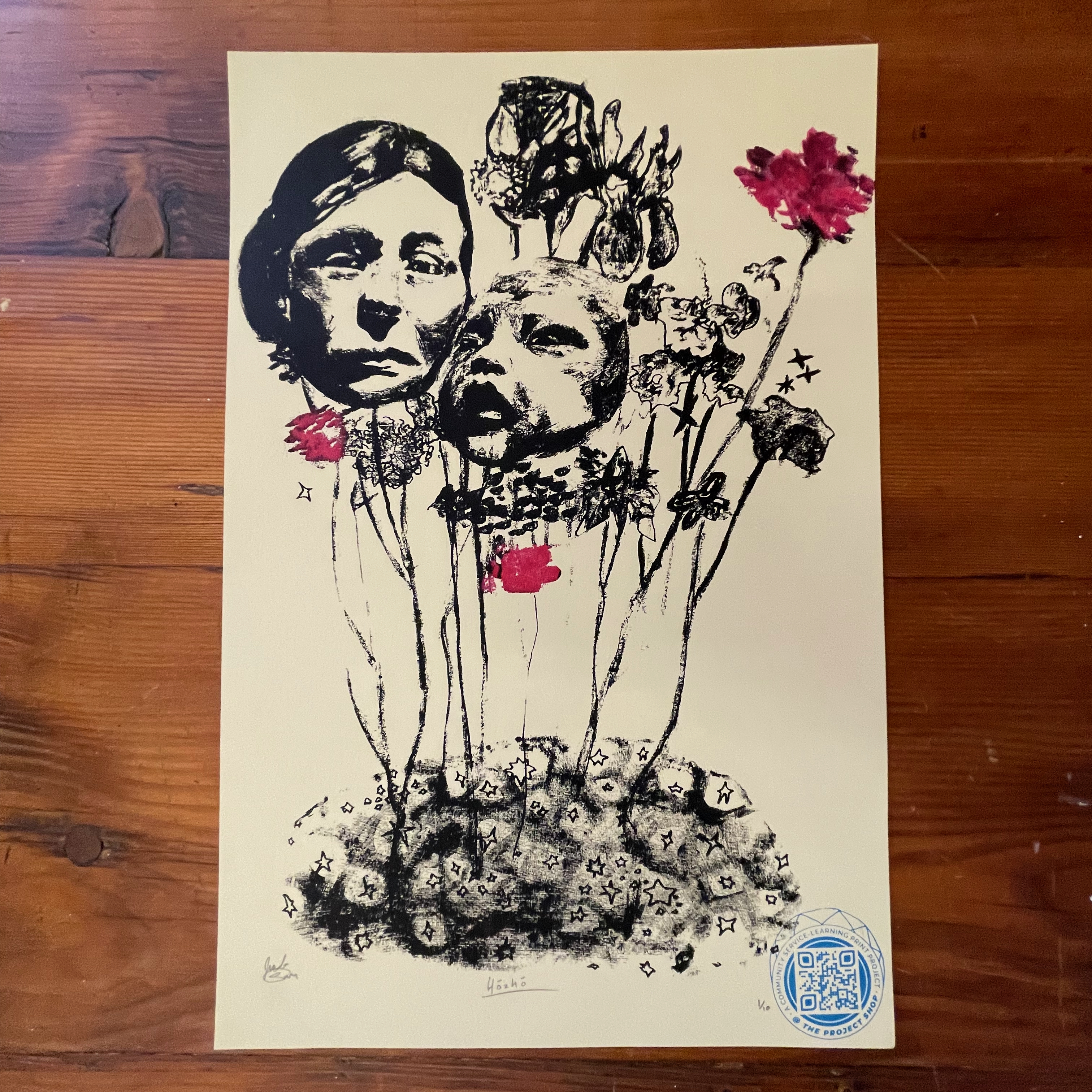

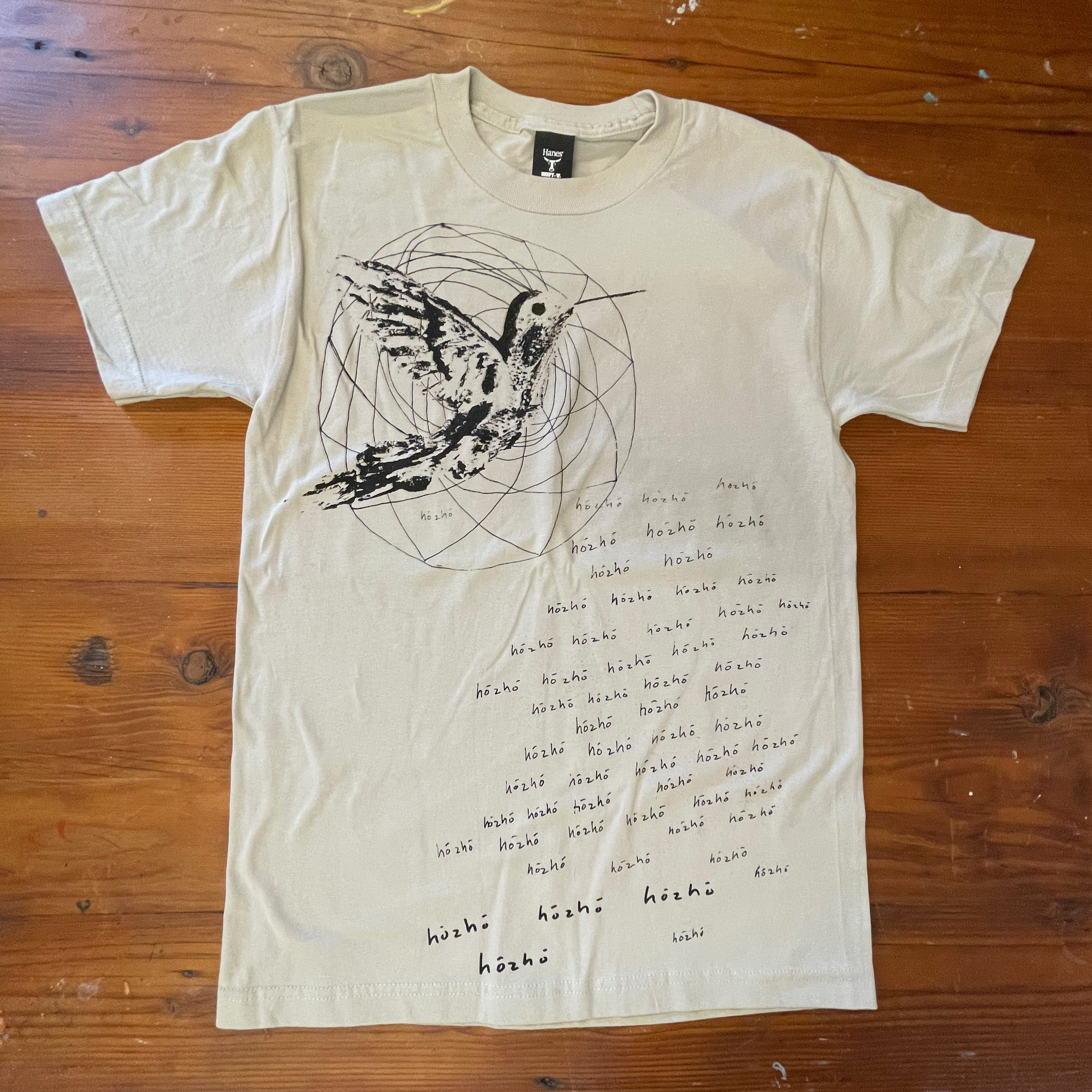
ABOUT Family spirit
The Family Spirit Program is an evidence-based and culturally tailored home visiting intervention delivered by community-based Health Educators as an Indigenous solution to supporting caregivers during pregnancy and early childhood. Caregivers gain knowledge and skills to achieve optimum development for their children across the domains of physical, cognitive, social-emotional, language learning, and self-help.
The Family Spirit Core Curriculum consists of 63 lessons taught from pregnancy to age 3, with plans for an expanded curriculum through age 5. Additional curriculum modules address emerging needs and specific family circumstances. This in-home parent training and support program has been designed, implemented, and rigorously evaluated by the Johns Hopkins Center for Indigenous Health (CIH) in partnership with the Navajo, White Mountain Apache, and San Carlos Apache tribal communities since 1995. It is now replicated nationally, with training, technical assistance, and curriculum materials managed by Johns Hopkins CIH.
Interview
with Director of Operations, Nicole Neault, MPH
In your own words, what is Family Spirit?
It is a holistic pregnancy-through-age-3 home visiting program to provide support for indigenous moms and families raising their children, and the program is very much rooted in cultural strengths, community strengths and assets, indigenous traditions and knowledge around parenting and child rearing, and in the curriculum and model, the way we deliver the program is the utmost priority in how we implement Family Spirit.
Could you talk a little bit more about the traditional component of the curriculum, and how it’s “culturally tailored” for native families?
There are some values and traditions that are shared across communities and cultures but also a lot of diversity, even within the United States within the hundreds of tribal nations, so the program does not list out specific teachings or cultural practices to discuss, but rather it leaves space in the curriculum to prompt the home visitor to bring in their own local practices that are relevant to the topic. The curriculum covers a wide range of child and maternal health topics around child development, life skills for the mom, prenatal care, infant care, toddler care as the baby gets older, so some of those teaching points are more general and come from the American Academy of Pediatrics, but within that is where there are a lot of prompts to incorporate those local teachings and knowledge, those community strengths, that are maybe related to childbirth, maybe to those developmental stages that are often celebrated according to tradition. And those illustrations and images throughout the curriculum have been done by native artists and designers, and very much celebrate indigenous strengths and values surrounding pregnancy and child development.
With reservations being so rural, how exactly do you tackle the scarcity of people? Are your educators from people within the community or is it people coming off the reservation to help?
That is what is most unique to Family Spirit compared to other programs like this- that it’s a community health worker model, so it is designed to be delivered by local community members who are living and working in their, oftentimes, home area. So the people who lead and implement the program are families from the local community. They do not need to be trained clinically; they are not nurses or social workers or doctors, and the program was designed purposefully in that way, in order to be able to have local community members be the ones doing the home visits. That addresses the scarcity, and is probably the “secret sauce” of the success of this program. The relationship that visitors are able to form with families, and how relatable they are to the family's experiences, and how comfortable the family grows to feel with their home visitor. It also helps build a local workforce to be able to lead a health program like this and take ownership over maternal and child health in this way.
What are the best ways people can support Family Spirit?
Funding is definitely needed, so I think that for organizations that have the capacity to make grants and provide donations, that really helps us. The way we're able to share Family Spirit right now is contracts set up between interested communities and our Family Spirit office at John Hopkins University but those contracts don’t cover all the costs needed to share this program as widely as we'd like, so we have to supplement with grants, with donations to be able to effectively share Family Spirit with communities around the country and the world. Other than that I think, champions of the program locally, so in communities where Family Spirit is used, it’s helpful to have local champions and advocates who can speak on the benefits of the program, help encourage families and in particular, moms. Having people just advocating for the program and willing to make connections is valuable in those communities.
THE GOODS
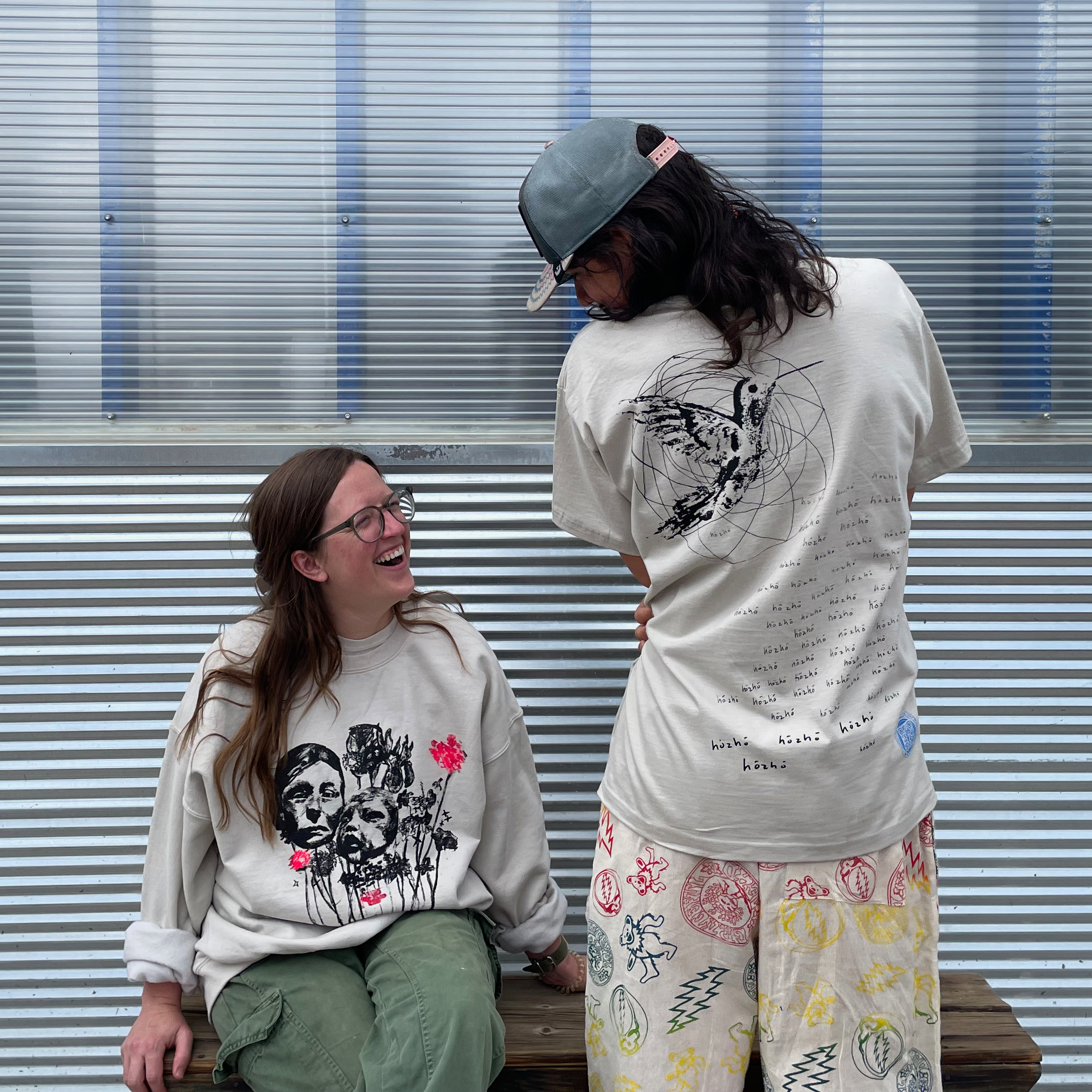
SHOP THE STORE
limited inventory available
limited inventory available
- Heavyweight Sweatshirts
- Heavyweight T-Shirts
- Toddler Tees
- Artist Prints
Service-Learning Print Project raises awareness and funds for a cause and empowers student-artists to share their voices on critical issues, fostering conversation and community engagement.
ABOUT THE GRANT
This Community Service Project is made possible in part by the 2022/2023 Arts in Society grant supporting cross sector arts projects that illustrate artistic excellence, broaden the understanding of the role arts play in society, demonstrate cross-sector work, exhibit cultural relevancy, foster community engagement, and present opportunities for shared learning.
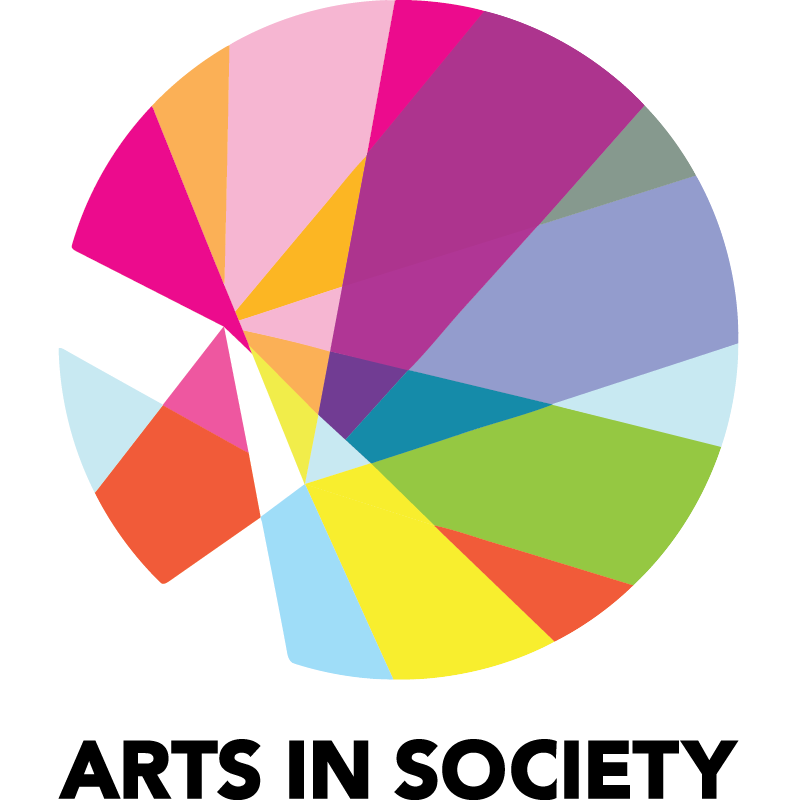
Support our Programs
Your support allows us to empower these young, emerging and curious artists to share their voices through high-quality limited edition print goods.

